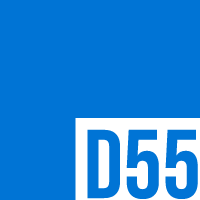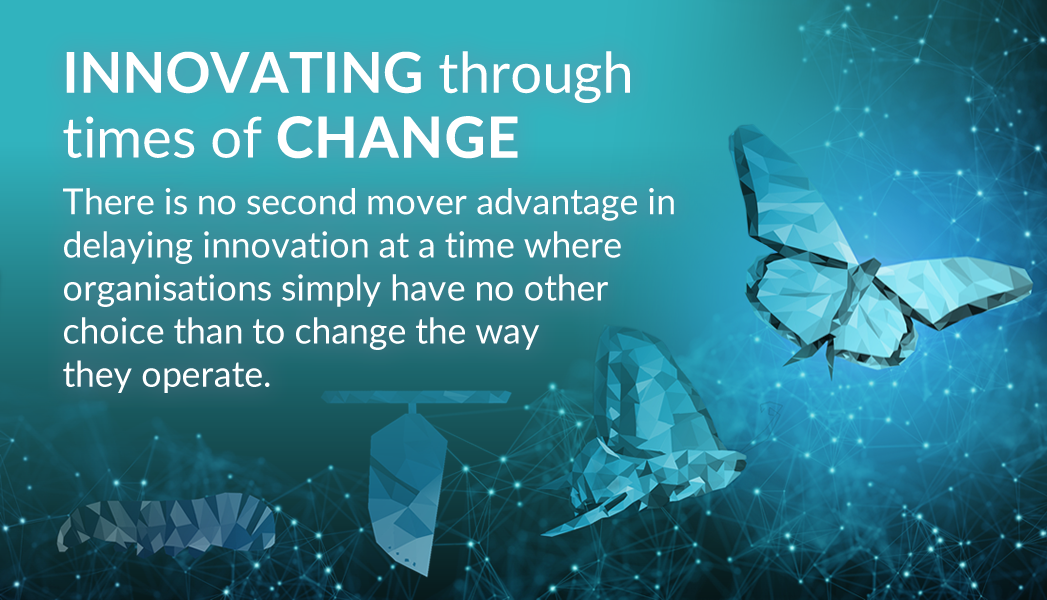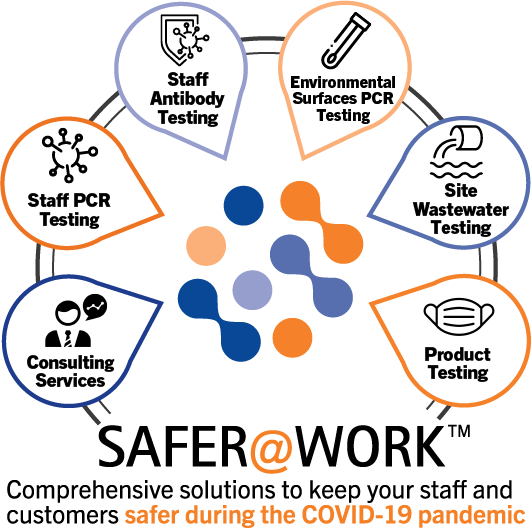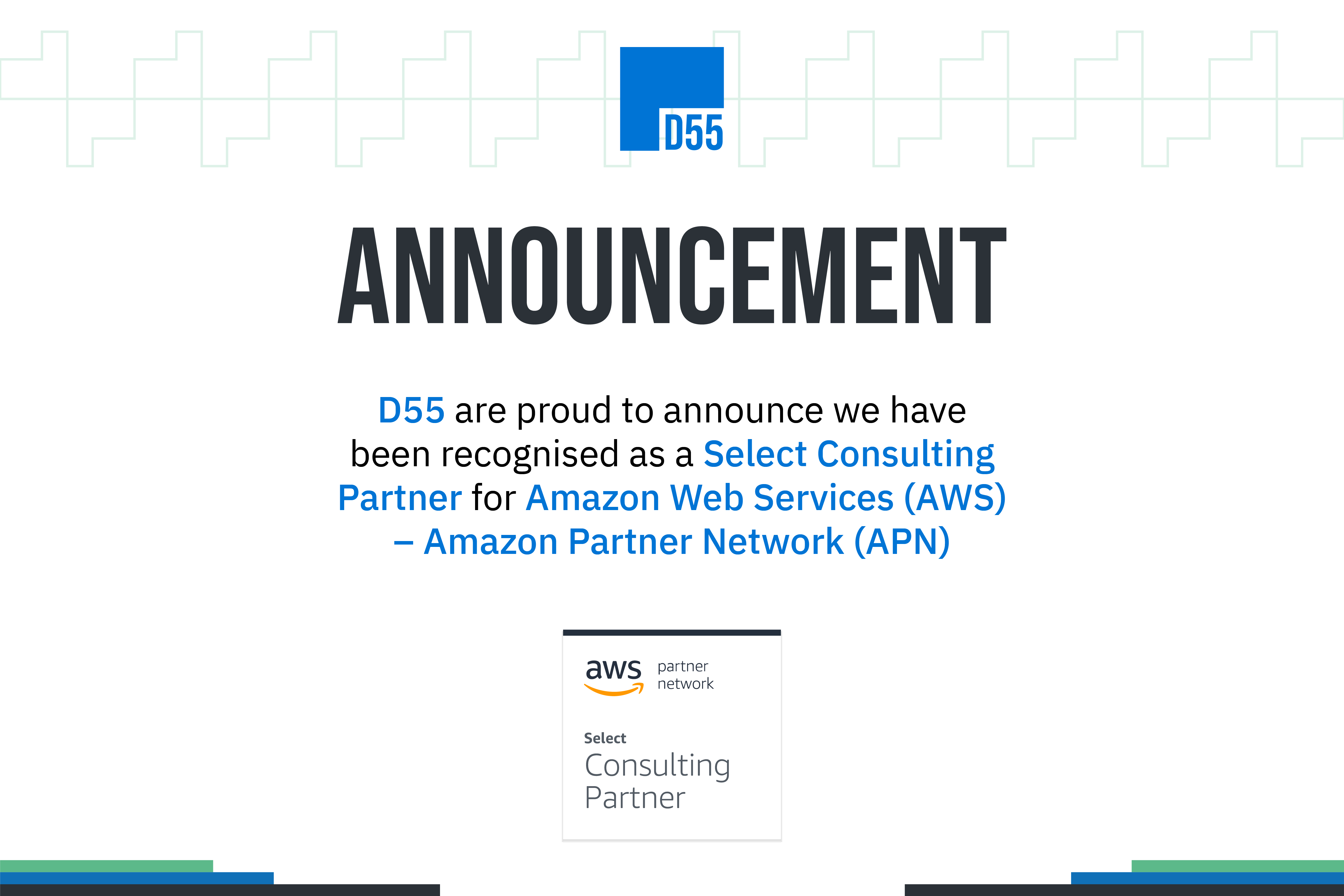
When developing bespoke software or a SaaS product, ensuring ownership of key assets is critical for operational flexibility and long-term stability.
Many businesses fail to secure ownership of all their applications' assets, risking dependency on developers, agencies, or platform vendors.
At Si Novi, we advocate for our clients’ autonomy by safeguarding their ownership of applications and digital assets. Below are key areas of application ownership to consider.
1. Domain Name Ownership
Your domain name is essential for brand recognition and online presence. Ensure your organisation directly owns and controls the domain name through an account you manage.
Many businesses allow third-party developers or agencies to register domain names, creating dependency and risk if those relationships change. Owning the domain name directly means you control the access, renewal, and any potential transfer of this digital asset, reducing the risk of being held back by a third-party. Securing direct access to your domain provider's account is a foundational step to owning your application.
2. Codebase as Intellectual Property
The codebase is the heart of your application. Owning its intellectual property ensures you can maintain, modify, or transfer the application as needed. Having a copy of the codebase stored in a secure repository in your company ownership is important, allowing you the flexibility to manage it with another developer if necessary, without restriction or reliance on a single provider.
Verify that your development agreement explicitly grants your business IP rights to the codebase, designs, logos, and documentation.
3. Cloud Hosting Ownership
Cloud infrastructure is a critical element of most modern applications, offering scalability and reliability. Yet, having your application hosted on the cloud doesn't mean you're in control - that depends on who owns the cloud account.
For example, if your cloud account is in your organisation's name, you will have control of the Root or Administrator account, and can manage all aspects of the account, including billing, security, and access control.
At Si Novi we develop bespoke web applications on AWS, with an approach that prioritises client control by setting up AWS accounts owned by your business, ensuring you retain full ownership of your infrastructure on the platform.
4. Managing Third-Party Dependencies
Many applications rely on third-party services, such as email providers, payment gateways, or analytics tools. These dependencies are often necessary, but they can also introduce risk if not managed properly.
When setting up third-party services, we advocate for clients to register these accounts themselves to retain independence. By holding these accounts directly, you avoid lock-in with any single development provider and can switch services or providers as needed, ensuring continuity in the event of vendor changes. Retaining control over your third-party accounts reduces the chance of being locked into configurations and give you more control over your application's data.
Final Thoughts
Beyond these four points, other considerations for Intellectual Property and Administrative access are vital for ensuring you have full control over your own application.
Owning your application in all aspects ensures flexibility, control, and security over your digital assets. At Si Novi, we build scalable, high-performing applications while empowering clients with full ownership.
By addressing these areas, you can avoid costly dependencies and create a sustainable foundation for your software. Whether launching a new SaaS product or scaling an existing one, securing ownership is essential for success.
Find out more about this topic at the original article, posted on Si Novi's website:
https://sinovi.uk/articles/do-you-own-your-own-application









